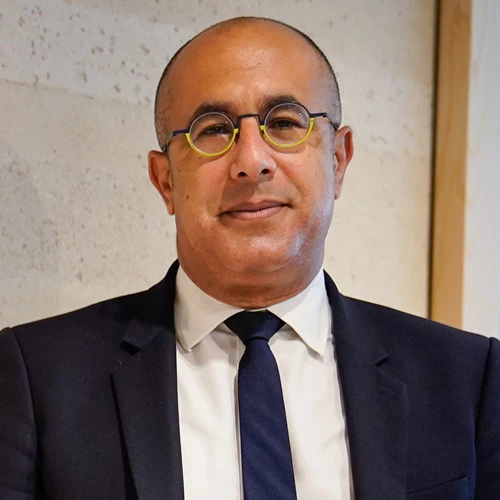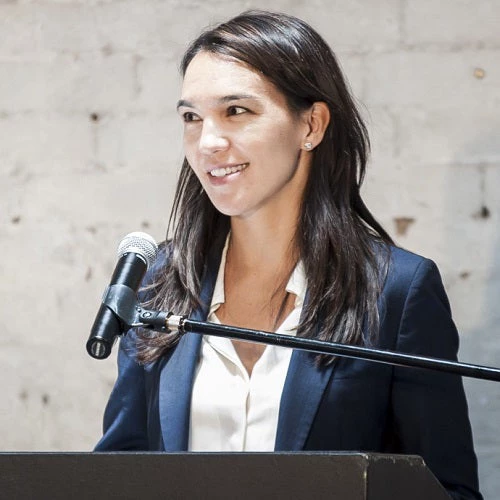Urbanization is a defining phenomenon of our time, with an estimated 80% of global economic activity now generated in cities and an increase of two billion city residents, globally, between 2000 and 2030.
Cities face an ever-increasing demand for land to accommodate their rising population. Meanwhile, cities have become responsible for providing more services to more people, but they often lack sufficient resources to do so. With an inadequate amount of serviced, transit-accessible land available within city boundaries, one billion urban residents already live in overpopulated slums to be close to economic activity and jobs.
Urban regeneration can help cities address the rising demand for land by densifying existing urban cores, particularly pockets of underused or disinvested land. Higher density is associated with economic growth and social integration. Denser, transit-friendlier cities also help lower carbon emissions, reduce pollution, and contribute to increased resilience. .
[Download report: Regenerating Urban Land: A Practitioner’s Guide to Leveraging Private Investment]
Earlier this year, a knowledge exchange program, known as the “Technical Deep Dive (TDD) on Urban Regeneration,” brought together practitioners and decision-makers from developing countries, World Bank project leads, and urban development experts from Japan, South Korea, and other countries to exchange experiences in Tokyo and Seoul on planning, financing, and implementation of urban regeneration projects.
The goal of this week-long technical “deep dive” was to promote knowledge sharing and increase the implementation capacity of participants – decision-makers of cities ranging from Barranquilla and Johannesburg to Sarajevo, Almaty, and Kabul – to implement urban revitalization initiatives, particularly with respect to identifying viable business models that maximize the government’s economic and policy goals.
The program explored examples of governments’ strategies to spur regeneration, including cases that focused on:
- Development or relocation of government assets, such as courthouses and Ministry headquarters
- Construction of new parks and civic space, and
- Repurposing underutilized ports and other former industrial sites.
The program paid special attention to the main challenges faced by the participating cities and countries, such as:
- How to turnaround disinvested neighborhoods
- How to connect and transform former industrial waterfronts, or
- How to enhance the social and economic return on investment of a city’s parks.
While participating city officials face a wide range of challenges, they all share a common interest in exploring more efficient use of urban land. In the video, World Bank Director Sameh Wahba (@SamehNWahba) and Senior Urban Specialist Valerie Santos discuss how urban regeneration can catalyze the development of more sustainable and socially and economically inclusive cities.
Follow the topic on Twitter using #urbanregeneration and #urbanregenerationTDD
READ MORE:
- Regenerating Urban Land: A Practitioner’s Guide to Leveraging Private Investment
- Subscribe to our Sustainable Communities newsletter
- Follow @WBG_Cities on Twitter





Join the Conversation